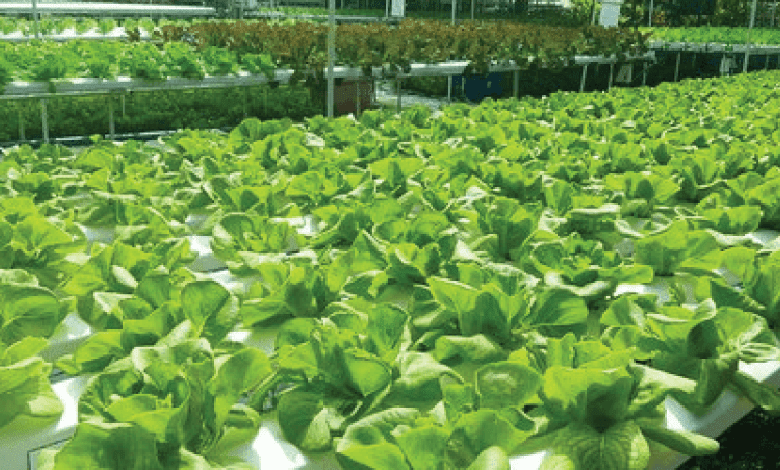Indoor Farming: Pros and Cons of a Sustainable Alternative to Conventional Agriculture

Indoor farming, also known as controlled environment agriculture (CEA), is a method of growing crops in enclosed spaces that use artificial lighting, climate control, and soilless systems. Indoor farming has been touted as a way to produce more food with less resources, while reducing the environmental impacts of conventional agriculture. But is indoor farming really as sustainable as it claims to be, or is it just a marketing strategy to attract consumers and investors?
Pros of Indoor Farming
The proponents of indoor farming argue that it has several advantages over traditional farming, such as:
- Higher yields and quality: Indoor farms can grow crops year-round, regardless of weather conditions, and optimize the growth conditions for each plant. This results in higher yields and quality, as well as reduced crop losses due to pests, diseases, and natural disasters.
- Water and land conservation: Indoor farms use up to 95% less water than conventional farms, as they recycle the water and nutrients in closed-loop systems. They also use less land, as they can grow crops vertically, in multiple layers, or in urban spaces that are otherwise unused or underutilized.
- Reduced emissions and pollution: Indoor farms reduce the greenhouse gas emissions and pollution associated with conventional agriculture, such as fertilizer runoff, pesticide use, soil erosion, deforestation, and transportation. They also sequester carbon dioxide from the air and convert it into oxygen through photosynthesis.
Cons of Indoor Farming
However, indoor farming also faces several challenges and limitations, such as:
- High energy and capital costs: Indoor farms require a lot of energy to power the artificial lighting, heating, cooling, and ventilation systems, as well as the sensors, computers, and automation devices. They also have high capital costs, as they need to invest in expensive equipment and infrastructure. These costs may outweigh the benefits of indoor farming, especially in regions where electricity is scarce, expensive, or unreliable.
- Lack of biodiversity and ecosystem services: Indoor farms rely on monocultures and synthetic inputs, which may reduce the genetic diversity and resilience of crops, as well as the ecosystem services provided by natural systems, such as pollination, pest control, nutrient cycling, and soil formation. Indoor farms may also disrupt the natural balance of the environment, by altering the microclimate, the water cycle, and the wildlife habitats.
- Social and ethical issues: Indoor farming may have negative social and ethical implications, such as displacing rural farmers and workers, increasing the gap between the rich and the poor, creating food insecurity and dependency, and compromising the cultural and aesthetic values of food and farming.
Read More: Global Tipping Points Report: Five Natural Thresholds Risk Being Crossed
Therefore, indoor farming is not a silver bullet for the global food system, but rather a potential complement to other forms of sustainable agriculture, such as organic, agroecological, and regenerative farming. Indoor farming needs to be evaluated on a case-by-case basis, taking into account the local context, the environmental impacts, the economic viability, and the social and ethical implications. Indoor farming also needs to be regulated and certified, to ensure that it meets the standards of sustainability, transparency, and accountability. Only then can indoor farming be a part of the solution, rather than a part of the problem, for the future of food.
